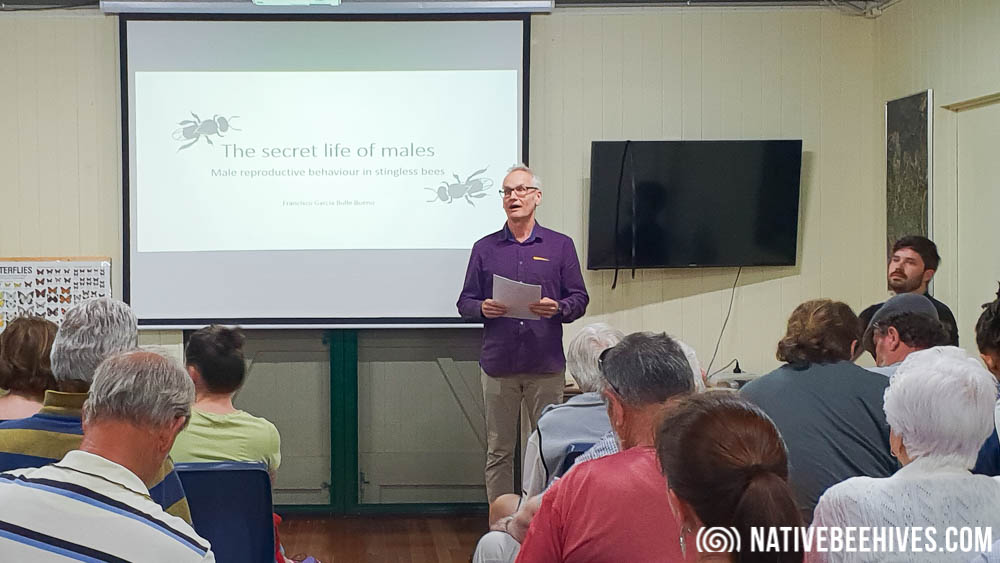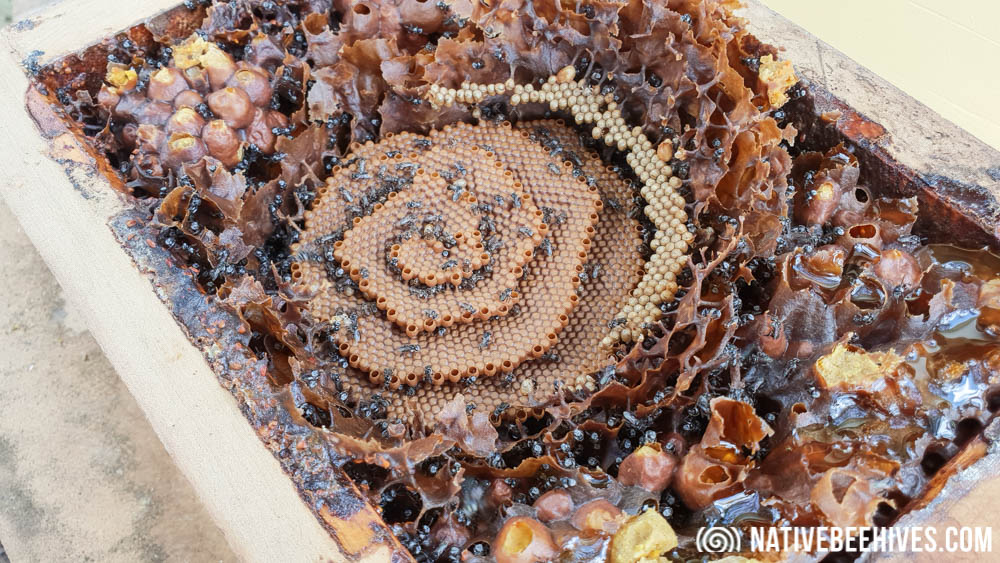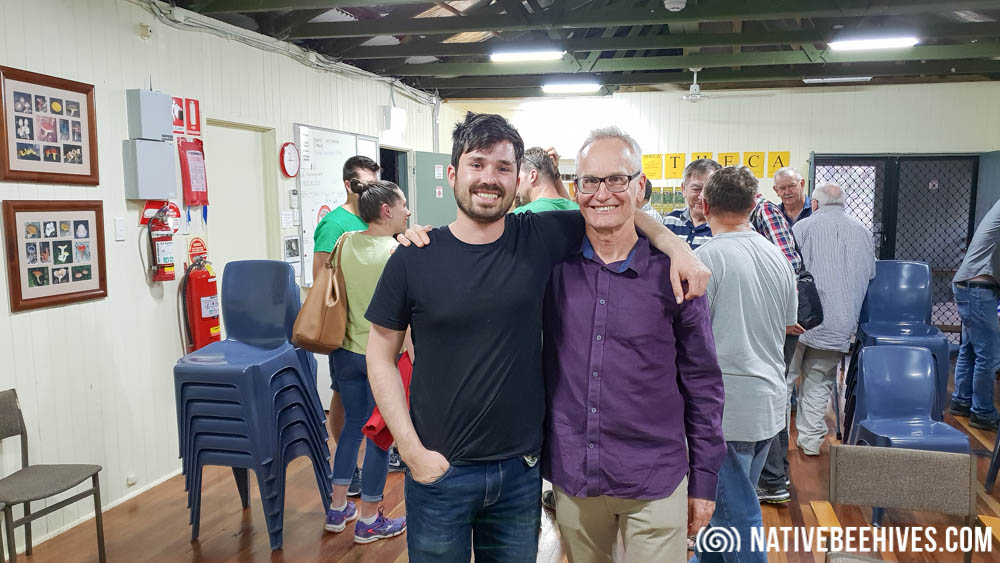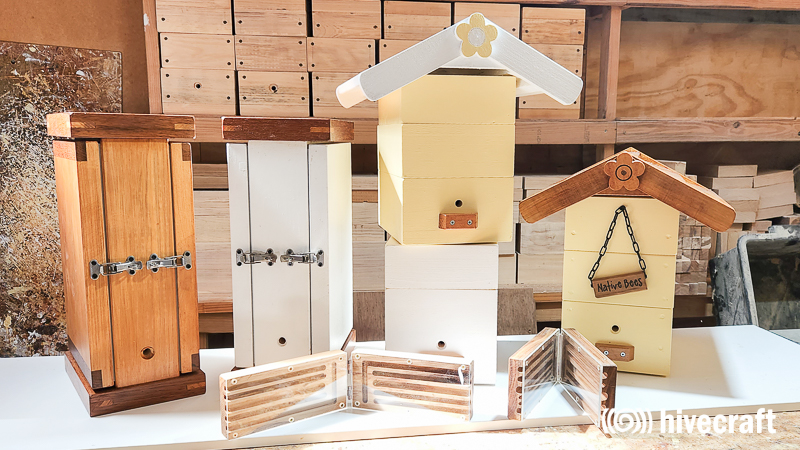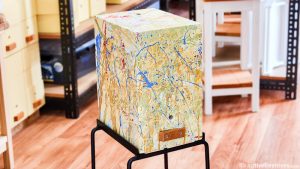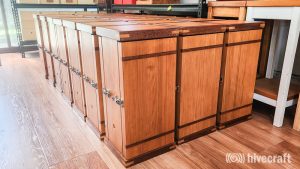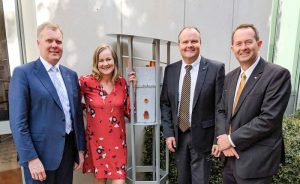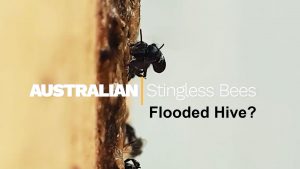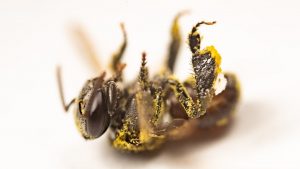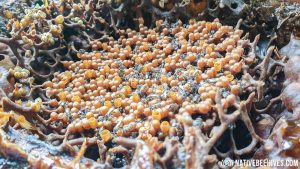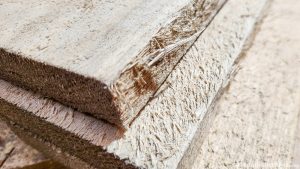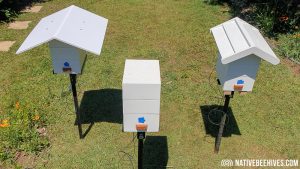Photo: Francisco and Tim
The secret life of males – Male reproductive behaviour in stingless bees
Francisco was the guest speaker at the Brisbane Native Bee keepers Club for the October 2018 meeting. (since changed to Brisbane Branch of the Australian Native Bee Association)
Francisco is researching male reproductive bevahiour in stingless bees in Australia at the moment, though he has done extensive work with Bumble Bees in Mexico and spends a bit of time in Brazil where there are 600 species of stingless bees.
Some of his research involves how the virgin Queen mates. If the old Queen dies or is killed, a virgin Queen will show herself by putting on a display on the brood while secreting pheromones. The other bees are the ones that decide if she is suitable. Sometimes they may kill her if they don’t like her and wait for a new virgin Queen to present herself. When the bees decide that she is a suitable Queen then she is sent outside to complete the mating flight. The Queen needs to mate while in flight and not while on the ground so if you see some bees wrestling with the virgin Queen on the ground it might be just other bees being aggressive towards her.
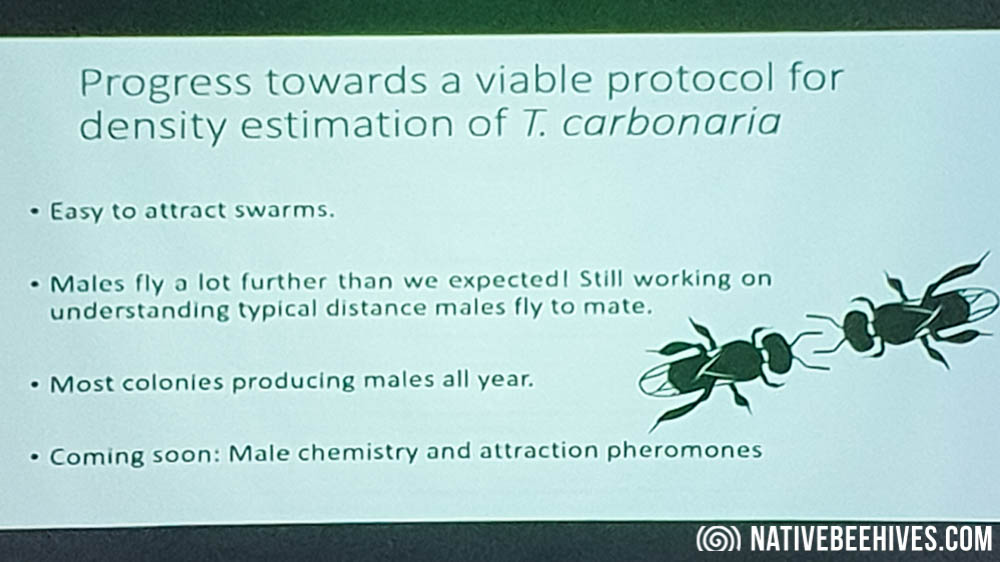
Some experiments he did was to remove the current Queen so the colony became Queenless and had to select a new Queen. This was so he could study the males that were attracted to the colony.
Another experiment was to track male bees from different colonies by marking them with different colours, seeing where they came from to be involved in a mating swarm. He had samples from one location of 264 colonies that he knew of, and thinks the 264 colonies was only about 10 percent of the amount of colonies that were actually in the area. The males didn’t specifically travel in the one direction to reach that single destination, but rather are sent in all directions to search for virgin Queens and will come across them by chance. Males could travel 15km or more from their own hive and could be gathering resources or food for themselves on their journey.
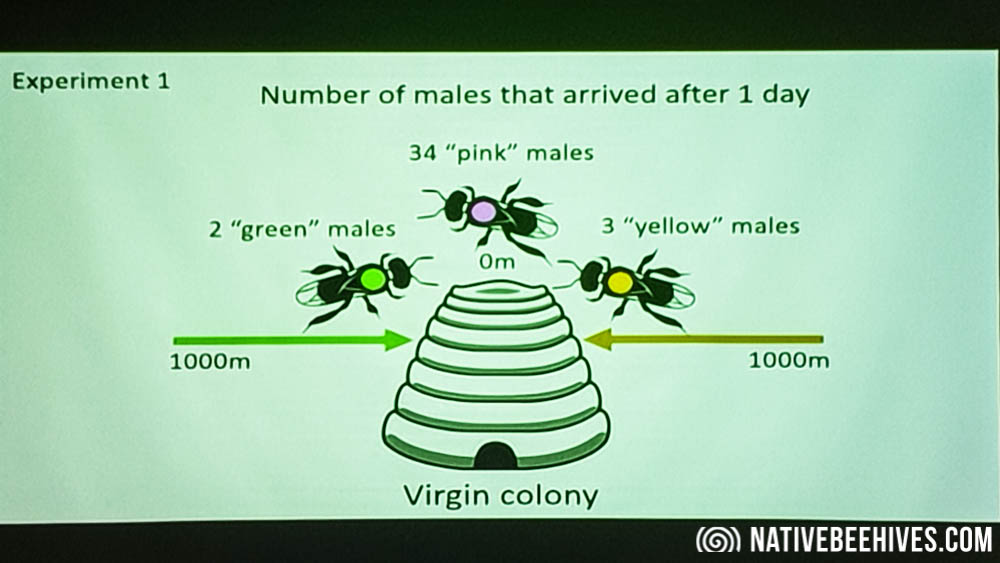
General chat and Q & A session….
Tim talked about how stingless bees might create new colonies, where the bees will find a vacant cavity and the mother hive can provision the new cavity with resources before sending the virgin queen.
Attacking colony taking over existing colony….
There’s been some cases where the species “Hockingsi” might take over a “Carbonaria” colony, and the Hockingsi will allow the Carbonaria brood to complete it’s cycle and the bees will just be slaves while the Hockingsi gradually take over the space.
Preparing a trap hive….
Attach an empty box to an existing colony the same as the Budding method, then let the bees create some structure, placing a bit of Propolis everywhere and then remove the new box before any honey pots are constructed and there you have a prepared bait box ready to go for your next swarm.
Add brood. Trap invaders and move away so they cant return….
If you’re trying out a trap hive and you’re getting a heap of bees entering the box, add some brood then seal the box and move the box to a new location a kilometre or more away. If you leave the box where it is, the bees will probably just enter and then leave after a while abandoning the empty box.
Mentoring. One on one….
The club is trying to work on a mentoring program (not Men Touring) . The idea is if any new comers to the stingless bee world have some questions or concerns with their bees then they have someone more experienced close by that may be able to help out.
There was plenty of time for chat after Francisco’s presentation….
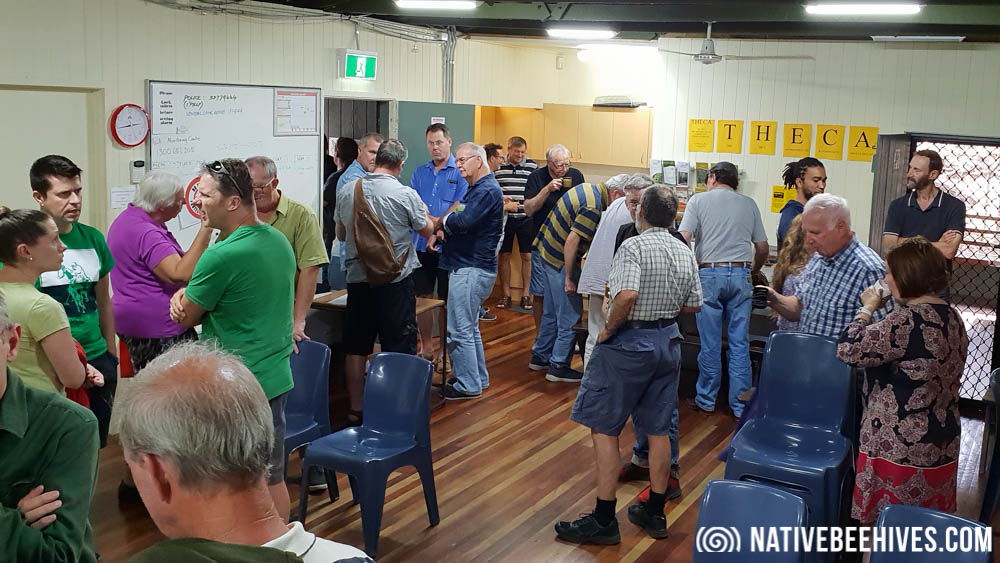
David Anderson from Northside Native bees giving his approval of my open native bee box on display

Below: This is a split i did about an hour before the meeting. I took one half along to the meeting and had it on display so anyone could open and view it. You can see the advancing front as it split in a pretty good spot.


